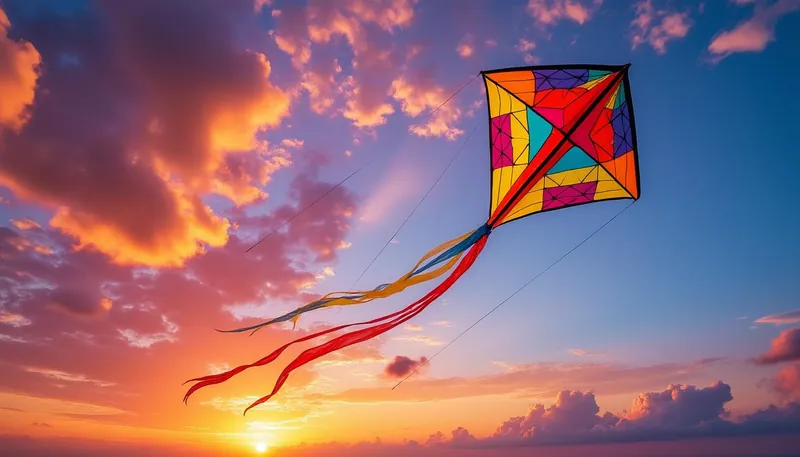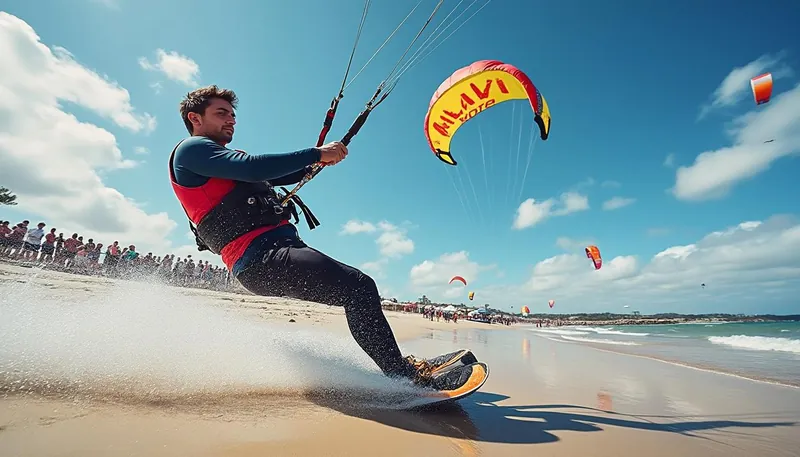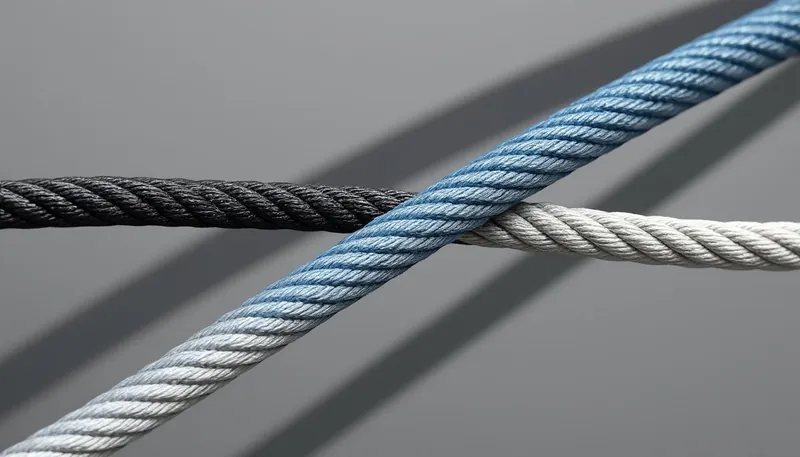Have you ever felt the thrill of being pulled across the sand, water, or snow by a powerful kite? Perhaps you’ve seen the impressive aerial displays at a kite festival where the grace and power of kites combined mesmerize everyone. Among the many types of kites, traction kites, also known as power kites, are gaining attention for their exhilarating capabilities and innovative materials. The development of these kites has opened new horizons for extreme sports, pushing aerial sports like kitesurfing and kite buggying to new heights. In recent years, as technology advances, the materials used for constructing these kites have evolved, leading to increased performance and enhanced durability. But what exactly are traction kites made from? Let’s dive into this fascinating world, examining the materials, their impact on performance, and why they matter.
In brief:
- Traction kites are primarily made from ripstop nylon due to its combination of lightweight and durable features. 🪁
- Other materials such as polyester and dyneema lines contribute to the overall strength of the kites. 💪
- Constructed with advanced fabrics, traction kites can withstand high pressures and varying weather conditions. ☁️
- Modern kites often include innovations from leading brands like KiteLabs, Naish, and Cabrinha, ensuring superior quality. 🚀
- Understanding the materials helps athletes make strategic choices when selecting kites for specific conditions. 📊
The Breakdown of Materials Used in Traction Kites
The materials that make up a traction kite are essential to its performance. Usually, manufacturers choose fabrics that balance lightness and strength. One of the most common materials is ripstop nylon, which is known for its durability and resistance to tearing. This fabric design includes threads running in a grid pattern throughout the fabric, which prevents rips from expanding further. The lightweight nature of ripstop nylon allows for easier handling and maneuverability in the air. Plus, it can handle significant air pressure, making it ideal for the vigorous conditions experienced while kitesurfing or during kite buggying.
Polyester is another popular option among kite makers. Comparable to nylon, polyester provides excellent resistance to ultraviolet rays, ensuring the kite’s longevity even under prolonged exposure to sunlight. The use of polyester is prevalent in kites like those produced by recognized brands such as Duotone and Slingshot. When designing traction kites, manufacturers ensure the fabric can endure strong winds while delivering optimal performance.
Strengthening Elements
Beyond just the fabric, the lines used in traction kites hold considerable significance. Typically constructed from a material known as dyneema, these lines are incredibly strong and offer minimal stretch. This characteristic provides enhanced responsiveness in controlling the kite while minimizing the chances of breakage during rigorous use. Think about this: if you’re barreling across the beach, catching air, wouldn’t you want a line that’s not going to snap under pressure? Absolutely!
It’s interesting to note that the material and construction methods also impact the kite’s overall performance in terms of lift and speed. For example, kites made from rigid-framed materials can offer different handling characteristics compared to those crafted from soft single-skin designs. Many traction kites blend both rigid frames and soft fabrics, allowing for a versatile flying experience.
Table 1: Common Materials and Their Features
| Material | Features | Common Use |
|---|---|---|
| Ripstop Nylon | Durable, lightweight, tear-resistant | Most traction kites |
| Polyester | UV resistant, economical, stable | Various kites, including traction |
| Dyneema Lines | High-strength, minimal stretch | Control systems for traction kites |

Innovations in Traction Kite Design
The evolution of materials used in traction kites is paired with constant innovation in their design. Many leading brands like Airush and North Kiteboarding utilize cutting-edge technology to create kites with improved wind profiles, enhanced stability, and increased lift. The construction techniques involve precision cutting and sewing processes that ensure reliability while in flight.
For instance, these brands have started integrating features like ventilation systems into their designs. By enabling better airflow through the kite’s structure, these innovations help reduce overall drag and improve stability when flying. This is particularly essential during rapid transitions or shifts in wind conditions, which can often cause less robust kites to falter.
Performance Metrics
In addition to material choice and design, it’s worth considering how these kites perform in real-world scenarios. Many athletes report that a well-constructed kite made from quality materials significantly enhances their experience. For competitive riders, a kite that offers instant responsiveness and durable construction becomes vital during events.
Moreover, traction kites are often tested under various conditions to determine how they handle different wind speeds and directions. For example, kites designed for high-wind conditions often use more robust materials to resist the forces they encounter, while those created for low-wind performance may prioritize lightweight fabric to catch even the slightest breezes. This attention to detail showcases the commitment of brands like Liquid Force and Ocean Rodeo in creating kites that can tackle diverse environments.
Table 2: Performance Attributes of Traction Kites
| Brand | Key Features | Typical Conditions |
|---|---|---|
| F-One | High stability, rapid response | Medium to high winds |
| Cabrinha | Versatile control, strong pull | Variable conditions |
| Naish | Lightweight construction, excellent lift | Low to medium winds |
The Importance of Material Choice for Enthusiasts
For accomplished kite riders or those just starting their adventure in traction kiting, understanding the materials’ significance can lead to better experiences. Choosing the right kite could mean the difference between an exhilarating ride and a frustrating struggle. Factors such as wind conditions, rider level, and intended use all play pivotal roles when selecting a kite.
For instance, if someone is planning to engage in serious freestyle kiting, opting for a kite with a responsive feel and robust construction is essential. Brands such as Slingshot excel in providing kites tailored toward these unique requirements. On the flip side, someone who enjoys leisurely beach days may prioritize kites that allow ease of use, combined with durability and overall performance.
Making Informed Decisions
In conclusion, delving into the specific materials used in traction kites empowers riders to make informed decisions about their gear, enhancing their experiences on the water, snow, or land. With insights from reputable brands like KiteLabs or Airush, riders can navigate through the options available, ensuring their equipment complements their individual riding style and goals.
Whether you’re looking for high speeds, aggressive tricks, or family outings, understanding the materials at play will significantly impact your performance. As technology continues to advance in the kiteboarding industry, we can anticipate even more exciting developments on the horizon.
What materials are traction kites typically made from?
Traction kites are usually crafted from ripstop nylon, polyester, and have dyneema lines for strength.
Why is material choice important for kite performance?
Material choice significantly impacts durability, responsiveness, and performance under various wind conditions.
Where can I find high-quality traction kites?
You can find quality traction kites at specialized kite shops or from leading manufacturers like Cabrinha, Naish, and North Kiteboarding.


